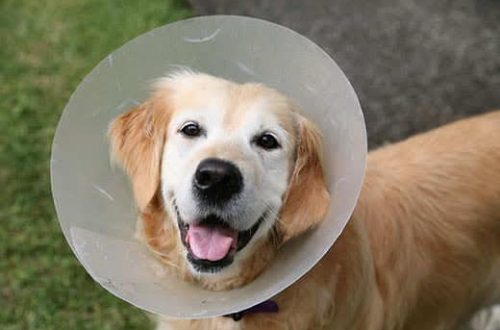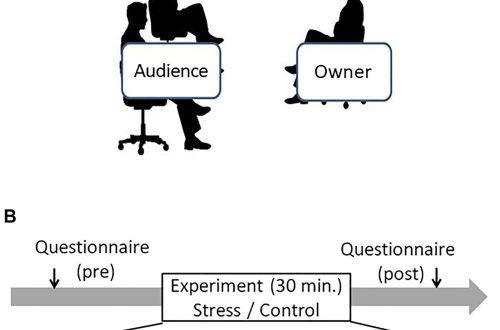
The pet was bitten by a bee! What to do?

Most often, dogs encounter stinging insects – after all, they walk a lot in nature, run in the grass and can either accidentally disturb a bee or wasp, or intentionally try to catch it – and get a painful sting with a sting. Cats living in private homes, as well as those who are walked on a leash, and even in an apartment where there are no mosquito nets on the windows, can also encounter these insects.
The sting of a bee or other stinging insect (bees, wasps, bumblebees, hornets) is usually understood as a sting that is not a bite. The sting is located at the end of the abdomen, looks like a needle, poison is injected into the body through the sting. Some of the stinging insects – wasps and hornets – can actually bite – they have mandibles as they are predators, but the bites are not particularly painful. Bees and bumblebees cannot sting. The sting of bees is different from other stinging insects – it has notches, and after stinging it gets stuck in the skin, the bee flies away, leaving it in the skin with a sac of poison and part of the intestine, and dies. Wasps and hornets can sting several times without any harm to themselves. It happens that the owner does not always immediately notice the bite. The dog may squeal, jump back sharply, the cat in the same way, but it may not make a sound. You should not leave this unattended. Carefully inspect the pet, do not leave one until you are sure that everything is fine. At the site of the bite, you can find:
- red dot
- left sting
- Edema
- Redness
What is the danger?
The reaction to the poison of a bee or wasp occurs very quickly. Usually, at first, a swelling appears at the site of the bite, the size of a coin. This is not dangerous.
- Increased swelling and itching at the site of the bite
- There are problems with breathing and profuse salivation. With severe edema, the airways are blocked, which threatens to suffocate
- Digestive disorders
- Increased heart rate
- Hives
- Loss of consciousness
- Anaphylactic shock
The procedure for the bite of a stinging insect
- Examine the affected area
- Take tweezers (eyebrow tweezers will work too) and carefully remove the stinger, if there is one, trying to grab it by the hard part, and without squeezing the poison sac
- Treat with an antiseptic, for example, Chlorhexidine 0,05%, if there is no antiseptic, just rinse with clean cool water
- Apply cold to the bite
- If there is Diphenhydramine, Suprastin, Cetrin in the medicine cabinet, then you can give it in the form of a tablet
- Give your dog or cat cool water to drink.
Prevention of bites Although there are no wasp and bee repellants, it is in your hands to reduce the risk of stings:
- Do not let your pet eat berries from the bush. Wasps often sit on them, which also eat berries, which, if they accidentally get into the dog’s mouth, will sting on the tongue or cheeks.
- Equip windows (and doors, if they are often open) with mosquito nets or magnetic curtains so that the insect does not have the opportunity to fly inside. It is especially dangerous when you leave and the pet is left alone. In case of a reaction from a bite, no one can help him.
- If you and your pet are in the apiary or in close proximity to the hives, do not allow the animal to approach the hives, run between them, climb them. The bees are especially aggressive during the swarming period and honey collection from the hives.
- Remove hives of paper wasps and hornets in time, where the pet can get to them.
- If you notice that your cat or dog is preying on a wasp, bee or other insect, then stop this action and take the pet aside.
These simple recommendations at the right time can help not only the pet, but also you. Be careful and avoid insect bites.





